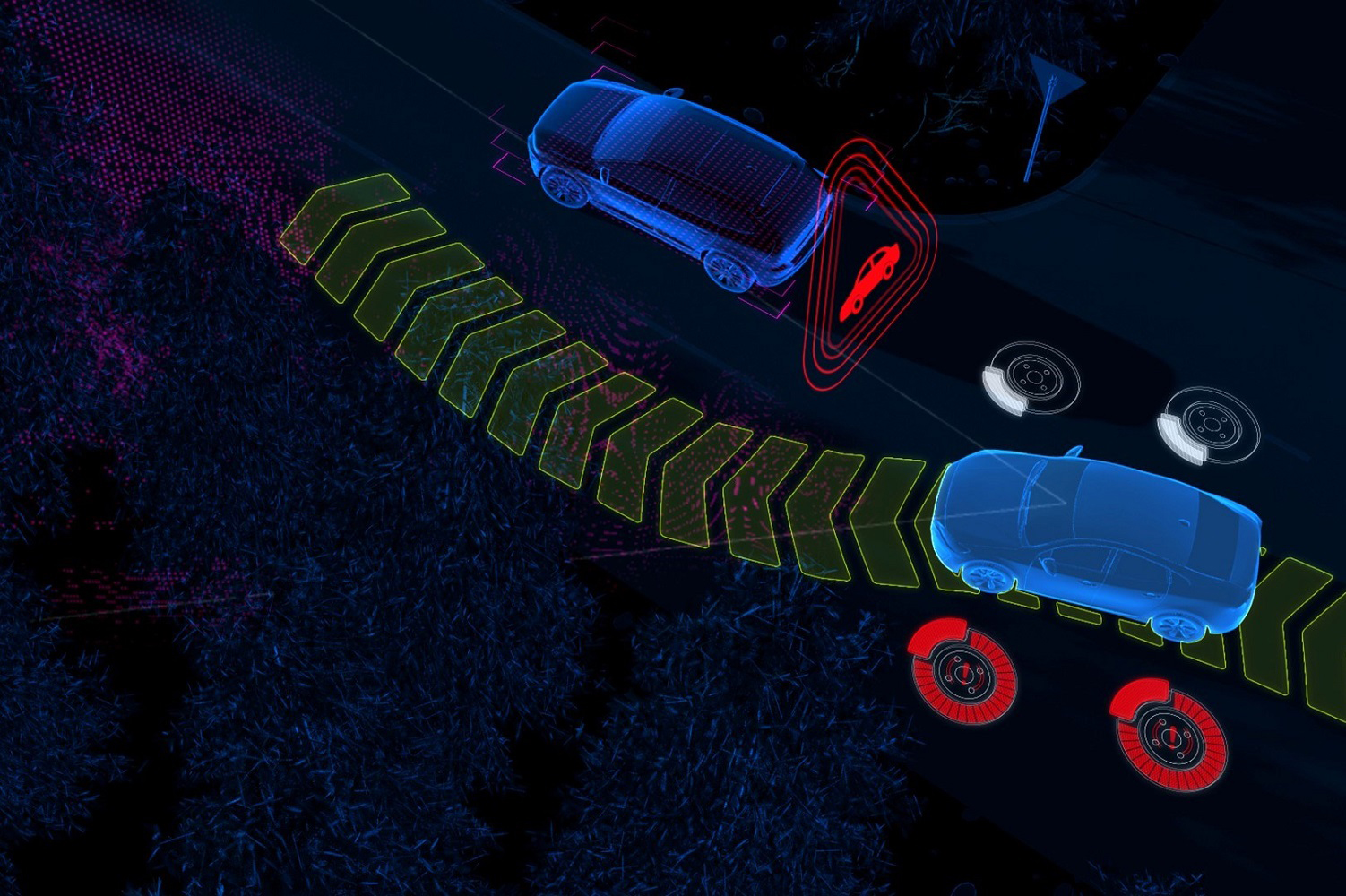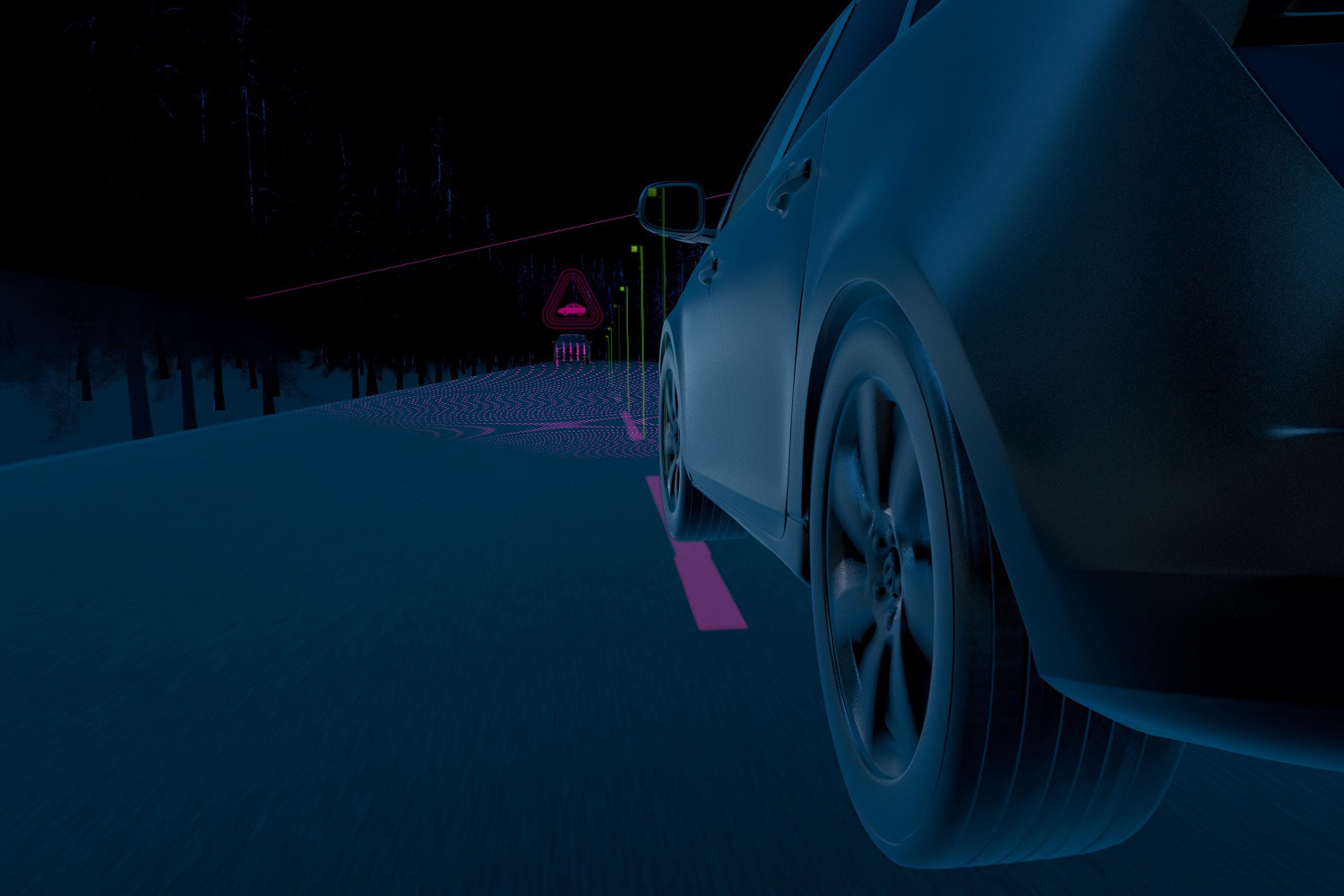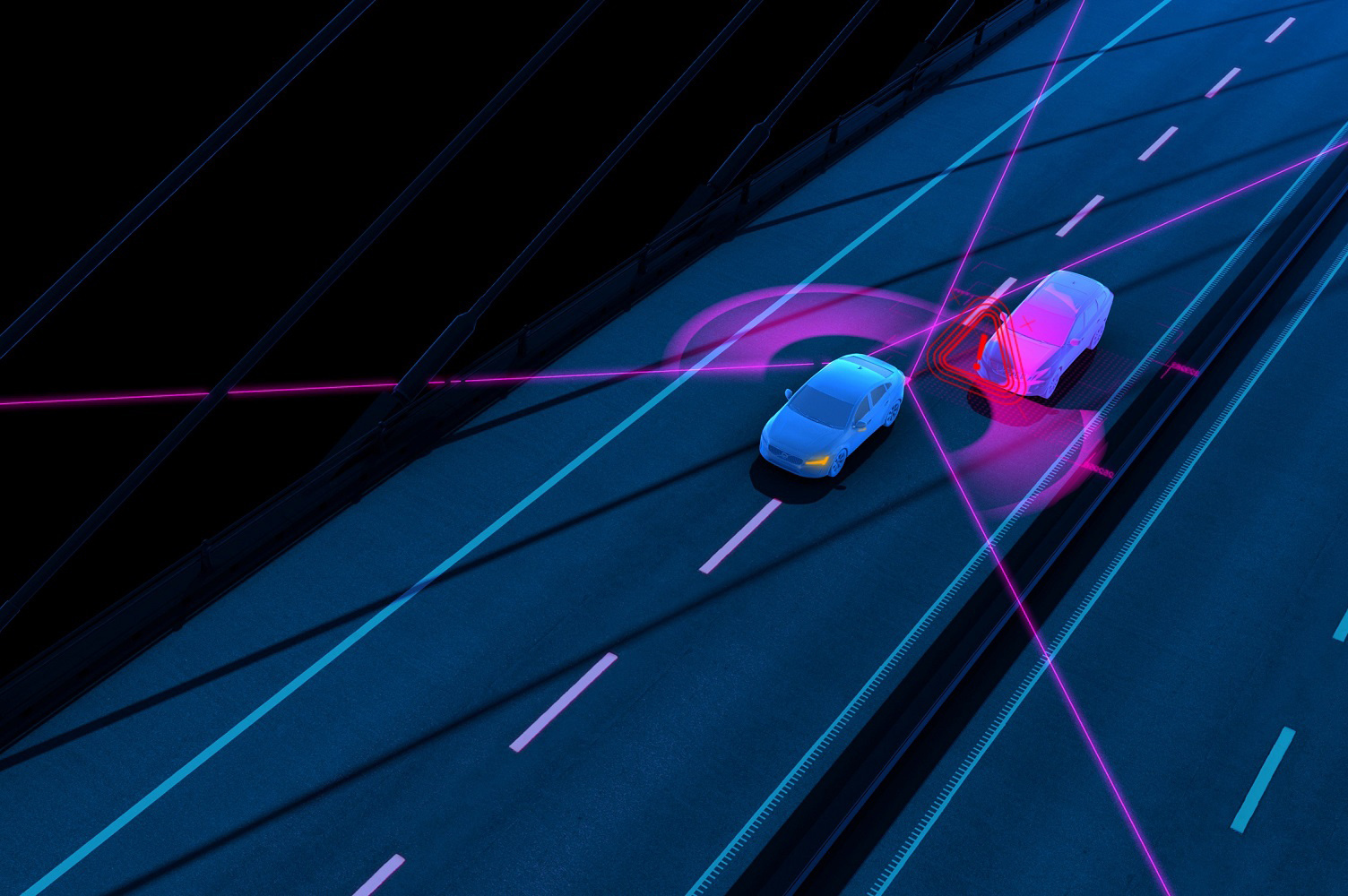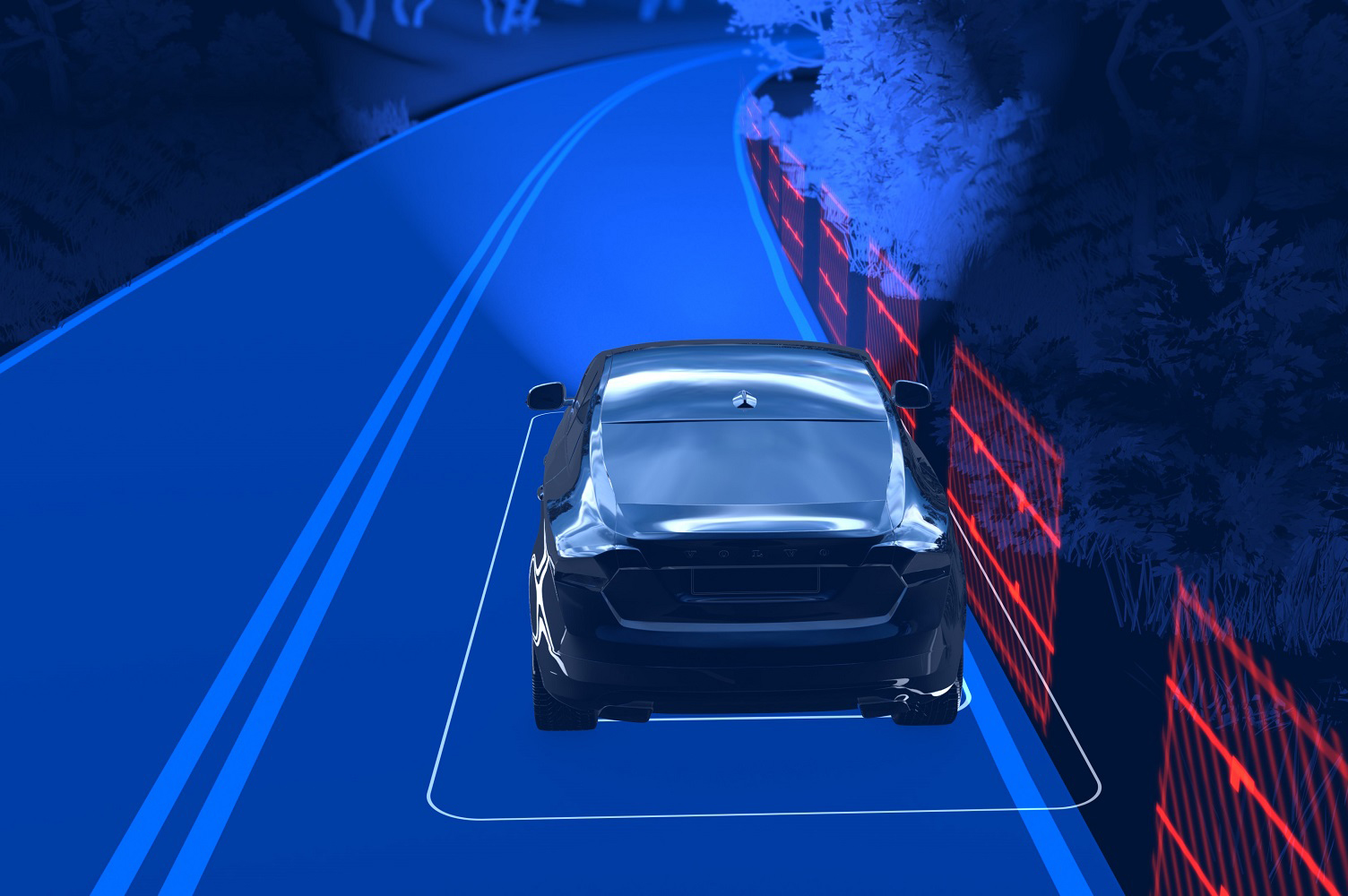The next chapter in Volvo’s renaissance has begun at the 2017 Geneva Auto Show. The Swedish company has just unveiled the second-generation XC60 at the event, which is poised to shake up the compact luxury crossover segment just like the XC90 did for SUVs. (Read our XC60 review here.)
Up front, the crossover receives sharp headlights with T-shaped LED daytime running lights that are connected to the grille. Out back, the tail lights stretch well into the hatch by adopting an L shape. It seems like Volvo has kept its promise of not replacing its design department with a Xerox machine as its German rivals have done.
The XC60 is built on the same modular platform that underpins the bigger S90, XC90, and V90 Cross Country models. Volvo has previously made it clear it’s done building cars powered by large-displacement engines, so the XC60’s top mill will be a 2.0-liter plug-in hybrid setup that benefits from both a supercharger and a turbocharger. Volvo calls the setup T8 Twin Engine, and the brand says it will deliver 407 total horsepower and a 0 to 62 mph time of 5.3 seconds. The powerplant will spin all four wheels via an automatic transmission and an all-wheel drive system developed to tackle Sweden’s harsh winters.
“We have a wide range of powertrains,” said Henrik Green, Senior VP of Product and Quality at Volvo. “The new XC60 will launch with the diesel D4 engine at 190 hp and the D5 with PowerPulse technology delivering 235 hp. We also have the petrol-powered T5 delivering 254 hp and the T6, which with both turbo and superchargers attached, delivers 320 hp and [295 pound-feet of torque].” In addition to those options, Volvo’s former vice president of R&D, Peter Mertens, previously told Digital Trends that the company’s upcoming 1.5-liter three-cylinder engine will find its way under the hood of the 60-series cars, even those sold in the United States. Stay tuned for more on that.
Volvo’s newest crash-avoidance features will debut on the XC60. The existing City Safety tech has been upgraded to include a function that allows the car to automatically steer clear of an obstacle (such as another car) if a collision is unavoidable. The system is active between 31 and 62 mph.
Additionally, the blind spot information system (BLIS) now detects when a rear-end collision is imminent because the car is swaying out of its lane, and it steers the car back into the center of the lane to avoid the impact. Similar technology scopes out the road ahead to prevent front-end collisions caused when a car veers out of its lane, which is a real boon on high-speed roads without a center divider.
After debuting in Geneva, the second-generation Volvo XC60 will arrive in showrooms nationwide as a 2018 model.






